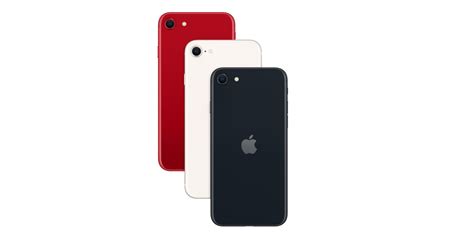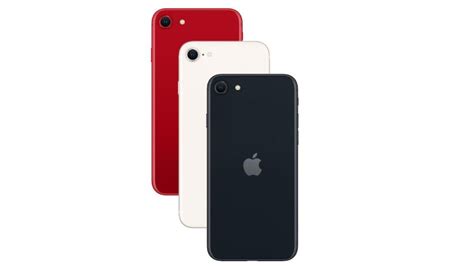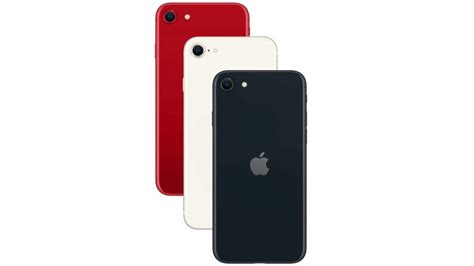The iPhone 5, launched in 2012, marked a significant milestone in the evolution of smartphones, captivating both tech enthusiasts and everyday users with its innovative features and sleek design. As Apple’s first major redesign since the iPhone 4, the iPhone 5 brought a host of advancements that set new standards in the industry. From its strikingly thin profile and vibrant display to its enhanced performance and cutting-edge features, the iPhone 5 stood out in a crowded market. In this comprehensive review, we’ll delve into why the iPhone 5 was considered a game-changer, how its design captured attention, what made its display unique, its impressive performance, and the features that distinguished it from its competitors.
Come explore this topic with ujojan.net for a deeper understanding.
1. Why the iPhone 5 was a Game-Changer:
The iPhone 5 was a revolutionary device, fundamentally altering the smartphone landscape upon its arrival. Primarily, it represented a significant departure from the iPhone 4S, featuring a redesigned aesthetic that was both elegant and practical. Apple’s decision to shift from a 3.5-inch to a 4-inch screen was a daring one, providing users with a larger, more captivating display while preserving a slender and lightweight design. This new dimension achieved a remarkable equilibrium between ease of use and portability.
The iPhone 5 marked a significant leap forward with its adoption of the Lightning connector, replacing the outdated 30-pin connector. This change not only enhanced durability and ease of use but also facilitated a more compact and efficient design. Moreover, the iPhone 5 was the first Apple device to offer 4G LTE support, delivering faster internet speeds and enhanced connectivity. This represented a substantial improvement over previous generations, providing users with a more seamless and responsive digital experience.
The introduction of the A6 chip, which boasted enhanced performance and energy efficiency, was another notable feature. This combination of a redesigned architecture, cutting-edge technology, and upgraded connectivity made the iPhone 5 a landmark device in Apple’s product line, raising the bar for smartphone capabilities.

2. How the iPhone 5’s Design Stood Out:
The iPhone 5 marked a distinct shift from its predecessors, redefining smartphone aesthetics and functionality. Its remarkably slim design, measuring a mere 7.6 millimeters in thickness, was a substantial reduction from the iPhone 4S, establishing it as one of the thinnest smartphones on the market at the time. The aluminum back panel, paired with a glass front, created a sleek and premium feel that set it apart from the largely plastic designs of other smartphones.
The iPhone 5, boasting a larger 4-inch Retina display compared to its predecessors’ 3.5-inch screens, provided a more immersive viewing experience without compromising the device’s sleek profile. The design also incorporated the smaller Lightning connector, replacing the older 30-pin connector, resulting in a more streamlined and robust interface.
The iPhone 5’s taller, narrower design made it more comfortable to use with one hand, successfully combining a larger screen with easy portability. This well-considered redesign played a key role in establishing new benchmarks for smartphone design and user experience.

3. What Made the iPhone 5’s Display Unique:
The iPhone 5’s display was a key advancement in screen technology. Its 4-inch Retina display boasted a resolution of 1136 x 640 pixels, resulting in a pixel density of 326 pixels per inch. This high density delivered sharp, vivid visuals and crisp text, a significant upgrade from the 3.5-inch displays of previous models. The iPhone 5’s display offered a larger screen area while still maintaining its sleek and slim design.
The iPhone 5’s taller 16:9 display ratio enhanced the viewing experience for videos and browsing content. This aspect ratio was particularly well-suited for landscape mode, increasing the device’s versatility for a wider range of applications.
The iPhone 5 boasted superior color accuracy and brightness compared to previous models, thanks to its innovative in-cell touch technology. This technology, which seamlessly integrated touch sensors directly into the display layer, not only boosted touch responsiveness but also contributed to the display’s thinner and lighter design. This enhanced visual experience and sleek design were key highlights of the device.

4. Why the iPhone 5’s Performance was Impressive:
The iPhone 5’s performance was impressive, driven by significant hardware advancements. The A6 chip, at the core of these improvements, delivered a notable increase in speed and efficiency compared to its predecessor. This dual-core processor, combined with enhanced graphics capabilities, facilitated smoother multitasking, quicker app launches, and a significantly improved overall user experience.
The iPhone 5 boasted 1GB of RAM, complementing its faster processor and enabling smoother application and task management. The device’s performance was further enhanced by the optimized iOS 6 software, resulting in a fluid and responsive user experience.
Furthermore, the addition of 4G LTE connectivity revolutionized the user experience, offering significantly faster internet speeds and enhanced network performance. This synergy of powerful processing, efficient RAM, and high-speed connectivity enabled the iPhone 5 to effortlessly manage resource-intensive applications and deliver a seamless, lag-free experience for users.
5. How the iPhone 5’s Features Set It Apart:
The iPhone 5 stood out from its smartphone contemporaries thanks to a collection of distinctive features. One of its most noteworthy innovations was the introduction of the Lightning connector, a significant improvement over the older 30-pin connector. This new connector was not only smaller and more robust, but also reversible, simplifying the connection process.
The iPhone 5 boasted enhanced camera features, including an 8-megapixel rear camera with a wider aperture and improved image signal processing. These upgrades led to improved low-light performance and sharper, more vibrant photographs. Additionally, the front-facing camera received an upgrade to 720p HD, enhancing the quality of FaceTime calls and selfies.
The iPhone 5, furthermore, boasted 4G LTE compatibility, enabling users to experience accelerated data speeds. This translated into more efficient web browsing, streaming, and downloading. Moreover, the device debuted a suite of new software features with iOS 6, including enhanced Siri functionality and a revamped Maps app, further elevating its capabilities and user experience.
The iPhone 5’s sleek design, advanced performance, and impressive features combined to create a standout device, solidifying its position as a leader in the smartphone market.
The iPhone 5 represented a significant leap forward in smartphone technology with its sleek design, impressive display, and powerful performance. Its innovative features, including the Lightning connector and enhanced camera capabilities, set new standards for the industry. By combining cutting-edge technology with a user-friendly experience, the iPhone 5 cemented its place as a landmark device in Apple’s history and a benchmark for future smartphones.
ujojan.net

